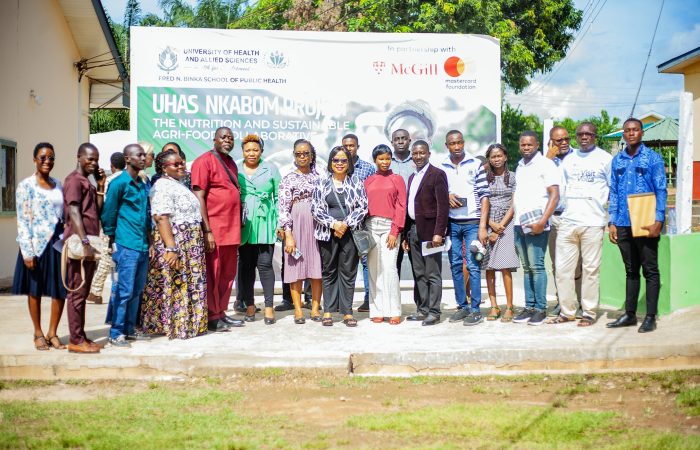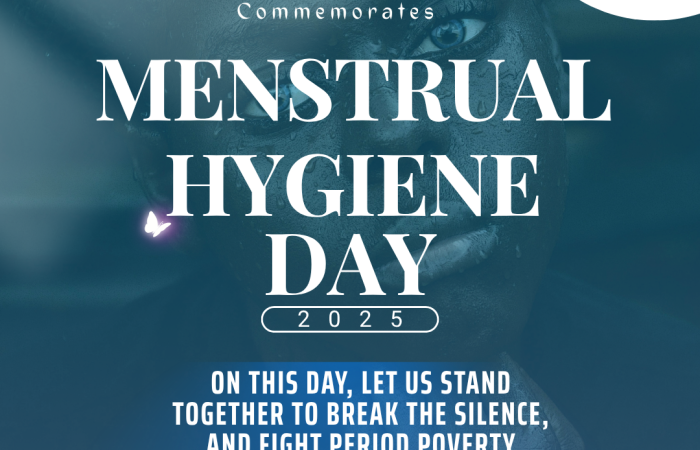Sexual and reproductive health and rights (SRHR) is an essential building block to achieving gender equality, but it’s restricted globally.
Families everywhere are trapped in cycles of poverty because they do not have the option to plan when to have children or decide how big they want their family to be. Meanwhile, countries that don’t categorize rape as a crime put the lives of women and girls at risk daily, and the COVID-19 pandemic has disrupted access to HIV/AIDS services — leaving some of the most vulnerable populations without care.
Access to full, comprehensive health care that includes sexual and reproductive health can change the course of a person’s life and set them up to reach their full potential.
Here’s everything you need to know about SRHR and why we can’t create a more sustainable and equitable world without ensuring everyone has access.
What Does SRHR Mean?
SRHR encompasses the different human rights related to sexuality and reproduction, such as sexual health, sexual rights, reproductive health, and reproductive rights. Everyone, including children and adolescents, is entitled to SRHR. It’s an essential part of universal health coverage, which doesn’t just include the absence of disease or dysfunction, but also ensures physical, emotional, mental, and social well-being.
3 Key Facts About SRHR
- Some 4.3 billion people of reproductive age will lack at least one essential sexual or reproductive health service throughout their reproductive life.
- In sub-Saharan Africa, where the majority of the world’s poor live, two-thirds of illnesses that women of reproductive age experience are caused by sexual and reproductive health problems.
- In developing countries, more than 200 million women want to avoid pregnancy but don’t have access to modern contraception.
How Many People Could SRHR Impact, and How Would It Benefit Their Lives?
Most people who are denied SRHR are women, men, and young people living in poverty in developing countries. Lack of access to SRHR can result in a range of negative outcomes.
Reproductive health issues are a leading cause of illness and death for women and girls of reproductive age in developing countries. In sub-Saharan Africa, where the majority of the world’s poor live, two-thirds of illnesses women of reproductive age experience are caused by sexual and reproductive health problems. There are also approximately 4.3 billion people of reproductive age who will lack at least one essential sexual or reproductive health service over the course of their reproductive life. And in developing countries, more than 200 million women want to avoid pregnancy but aren’t using modern contraception, more than 45 million women have inadequate or no antenatal care, and more than 30 million women do not deliver babies in a health facility.
An estimated 80 million women each year have unintended or unwanted pregnancies, and every minute a woman dies from a complication of pregnancy or childbirth.
Meanwhile, worldwide, 25 million unsafe abortions take place, over 350 million women and men need treatment for one of the four curable STIs, there are nearly 2 million new HIV infections every year, and approximately 266,000 women die from cervical cancer annually.
Who Benefits From SRHR, and Why?
Marginalized and underserved populations — including LGBTQ+ people, displaced people and refugees, racial and ethnic minorities, people with disabilities, sex workers, people who use drugs, immigrants, and Indigenous peoples — face greater barriers to sexual and reproductive health services, and challenges as a result. Laws and policies can limit access to services and contraceptives and health centers might discriminate against who can receive care based on marital status or gender.
Sexual and reproductive health and rights prevent unintended pregnancies, improve maternal health, and prevent and treat STIs including HIV/AIDS.
When women’s sexual and reproductive health isn’t restricted, nutrition improves and survival rates increase for them and their children. Having the option to time and space when to have children makes women more likely to stay in school, have more employment opportunities, and fully participate socially or politically. Better maternal health provides mothers the opportunity to care for and nurture their children. When communities face fewer STIs, infertility is reduced, and HIV/AIDS stigma decreases.
How Can We Ensure Everyone Has Access to SRHR?
Lack of political will, inadequate resources and funding, and discrimination against women and girls all prevent full access to SRHR worldwide.
Ensuring everyone is protected by SRHR doesn’t have just one solution, but it includes initiatives such as comprehensive sexuality education, access to a range of modern contraceptives, antenatal childbirth and postnatal care, safe abortion services and treatment of complications of unsafe abortion, and prevention and treatment of HIV and other sexually transmitted infections.
Addressing early unintended pregnancies, mass media campaigns promoting STI reduction, stopping gender-based violence, and ending harmful practices such as child marriage and female genital mutilation are also key, especially in marginalized communities.
These efforts require more funding, research, and support from policymakers, health care workers, educators, and health care advocates. It is estimated that in low- and middle-income countries, it would only cost an average of $8.56 per person to meet all women’s needs for contraceptives, abortion, and maternal and newborn health care.
How Does This Relate to the Global Goals and Ending Poverty?
The world’s poorest women and men would benefit the most from increasing investment in SRHR. Access to SRHR is proven to improve health and well-being, and reduce poverty and inequality, while also promoting economic growth and positively impacting families for generations.
Several of the Global Goals support the need for SRHR — Global Goal 3: Good Health and Well-Being; Global Goal 4: Quality Educational; and Global Goal 5: Gender Equality.
Who Are the Key Players in Ensuring SRHR for All?
The World Health Organization (WHO) aims to ensure that everyone can access SRHR. By working with partners around the world, the WHO supports research, the implementation of innovations, and the development of new medicines and technologies.
UNFPA, the United Nations’ sexual and reproductive health agency responsible for improving reproductive and maternal health worldwide, is working to develop health care solutions that increase access to birth control, runs campaigns against harmful practices and gender-based violence, and supports reproductive health care for women and youth in more than 150 countries. Some of the agency’s initiatives include training maternal health care workers, delivering safe birth supplies and dignity kits, and collecting data on sexual and reproductive health. The UNFPA Supplies Partnership provides contraceptives and life-saving maternal health medicines globally, with a particular focus on women and girls in low-income countries.
The International Planned Parenthood Federation (IPPF) works in 142 countries delivering 218.5 million sexual and reproductive health services. It increases access to sexual and reproductive health services including training local people to educate others about health care, distributing contraceptives to providers (many of which are in rural areas), and helping countries, mostly in sub-Saharan Africa, to address HIV by providing testing and counseling.
The global non-profit organization Pathfinder International operates in more than 15 low- and middle-income countries in Africa and South Asia, delivering reproductive health and family planning information to young people and rural populations. It also works with decision-makers to make contraception available where it’s needed.
CREDIT: GLOBAL CITIZEN


